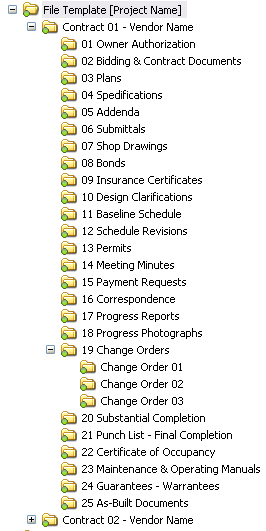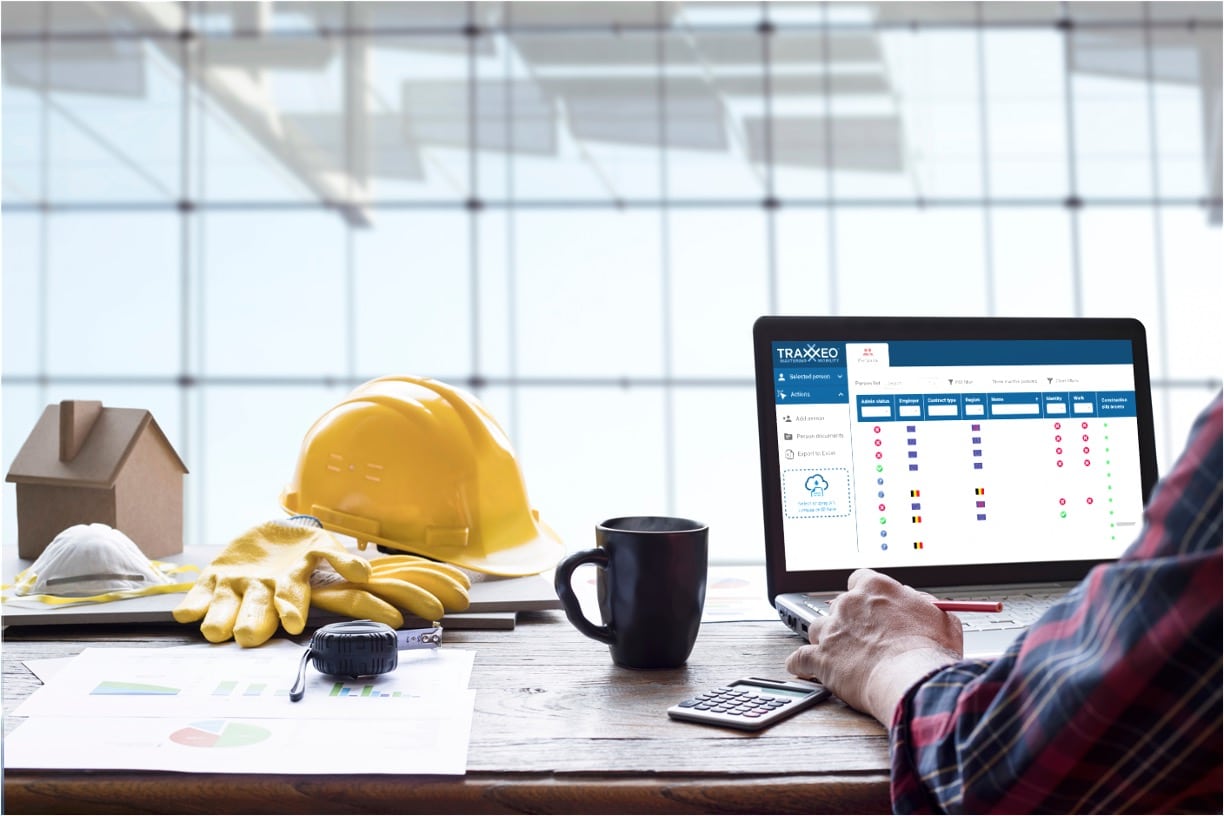Navigating Complexity: How Construction Document Management Software Can Help
Navigating Complexity: How Construction Document Management Software Can Help
Blog Article
Optimizing Task Partnership: Architect's Best Practices in Building And Construction Paper Management
In the intricate world of architectural tasks, the effective monitoring of building documents stands as a keystone for success. Architects, with their thorough interest to detail and ingenious design options, are tasked with coordinating a symphony of timelines, resources, and stakeholders. Nonetheless, amidst this intricacy lies a sixty-four-thousand-dollar question: just how can architects simplify collaboration processes to boost project results? By exploring essential methods such as leveraging cloud-based systems, establishing robust interaction methods, and guaranteeing information security, designers can boost their record administration methods to brand-new elevations.
Leveraging Cloud-Based Platforms
By transitioning from standard paper-based systems to cloud solutions, engineers can improve collaboration, boost paper availability, and improve overall task effectiveness. This ease of access advertises smooth communication and control among project stakeholders, leading to less errors and delays in the building and construction procedure.
Additionally, cloud-based platforms supply a safe atmosphere for saving delicate project details, using encryption, normal backups, and customer authorization setups to secure data honesty. Designers can additionally benefit from the scalability of cloud options, allowing them to readjust storage capability and capability based on job demands. Overall, leveraging cloud-based platforms encourages engineers to optimize their building record management processes, driving higher cooperation, efficiency, and success in their projects.
Carrying Out Variation Control Systems
Having actually developed the advantages of cloud-based platforms in building and construction file administration, engineers can currently enhance their document control processes by carrying out Variation Control Equipment. Variation Control Equipment (VCS) are important tools that track modifications in papers, making sure that employee are constantly dealing with the latest and most accurate information. By implementing VCS, architects can maintain a centralized database where all task documents are saved, enabling seamless collaboration while minimizing the risk of mistakes and variation problems.
One trick benefit of Version Control Solution is the ability to track the complete background of record adjustments, enabling individuals to go back to previous versions if required (construction document management). This attribute is specifically useful in building jobs where design iterations and alterations are usual. Additionally, VCS assists in better communication amongst group members by providing a clear audit route of that made particular modifications and when they were made. This openness not only boosts responsibility but additionally assists in dealing with disputes or disparities that may emerge during the task lifecycle.
Developing Communication Methods
To make certain reliable and effective project coordination, architects must develop clear and robust communication protocols within their construction document monitoring procedures. This system might be a job management software application, e-mail strings, or cloud-based storage solutions.
Furthermore, communication methods need useful reference to likewise include standards on just how to take care of disputes, modification orders, and urgent concerns that might occur during the task lifecycle. Developing an organized technique to communication ensures that all stakeholders get on the exact same page, advertises openness, and ultimately contributes to the successful conclusion of the building project.
Making Use Of BIM Software Application for Coordination
BIM software program plays an essential role in boosting control among project employee in the building and construction market. Structure Info Modeling (BIM) facilitates cooperation by providing a central system where designers, designers, professionals, and various other stakeholders can work with each other in a coordinated fashion. Through BIM software program, project individuals can access and update a shared version that includes thorough info concerning the building style, building and construction elements, and task schedules.

In addition, BIM software application enables real-time cooperation and communication amongst employee, no matter of their physical location. Via cloud-based BIM platforms, task stakeholders can access the most recent project details, track changes, and make educated decisions without delay. Generally, leveraging BIM software for sychronisation enhances job efficiency, efficiency, and ultimately causes effective job end results.
Ensuring Data Protection and Compliance
In the realm of construction document management, safeguarding data integrity and ensuring regulatory compliance are paramount factors to consider for engineers and various other job stakeholders. Designers need to execute robust safety and security measures to protect delicate task details from unapproved gain access to or breaches.

Conclusion
To conclude, look at this now architects can enhance project partnership in building and construction file monitoring by leveraging cloud-based platforms, applying version control systems, establishing interaction protocols, using BIM software program for coordination, and making sure information safety and security and conformity. These ideal practices assist simplify the construction process, enhance interaction among project stakeholders, and improve performance in project delivery. By complying with these standards, engineers can effectively handle building records and facilitate successful job results.
With BIM software program, job individuals can access and upgrade a common version that contains comprehensive info regarding the structure style, building and construction parts, and task timetables.
Through cloud-based BIM platforms, task stakeholders can access the latest project information, track changes, and make informed choices without delay - construction document management. Overall, leveraging BIM software for coordination boosts task performance, performance, and inevitably leads to effective job results
In conclusion, architects can optimize task cooperation in building and construction paper administration by leveraging cloud-based systems, carrying out version control systems, establishing interaction methods, using BIM these details software application for coordination, and ensuring information safety and compliance. These best techniques assist improve the construction procedure, enhance communication amongst job stakeholders, and enhance efficiency in task shipment.
Report this page